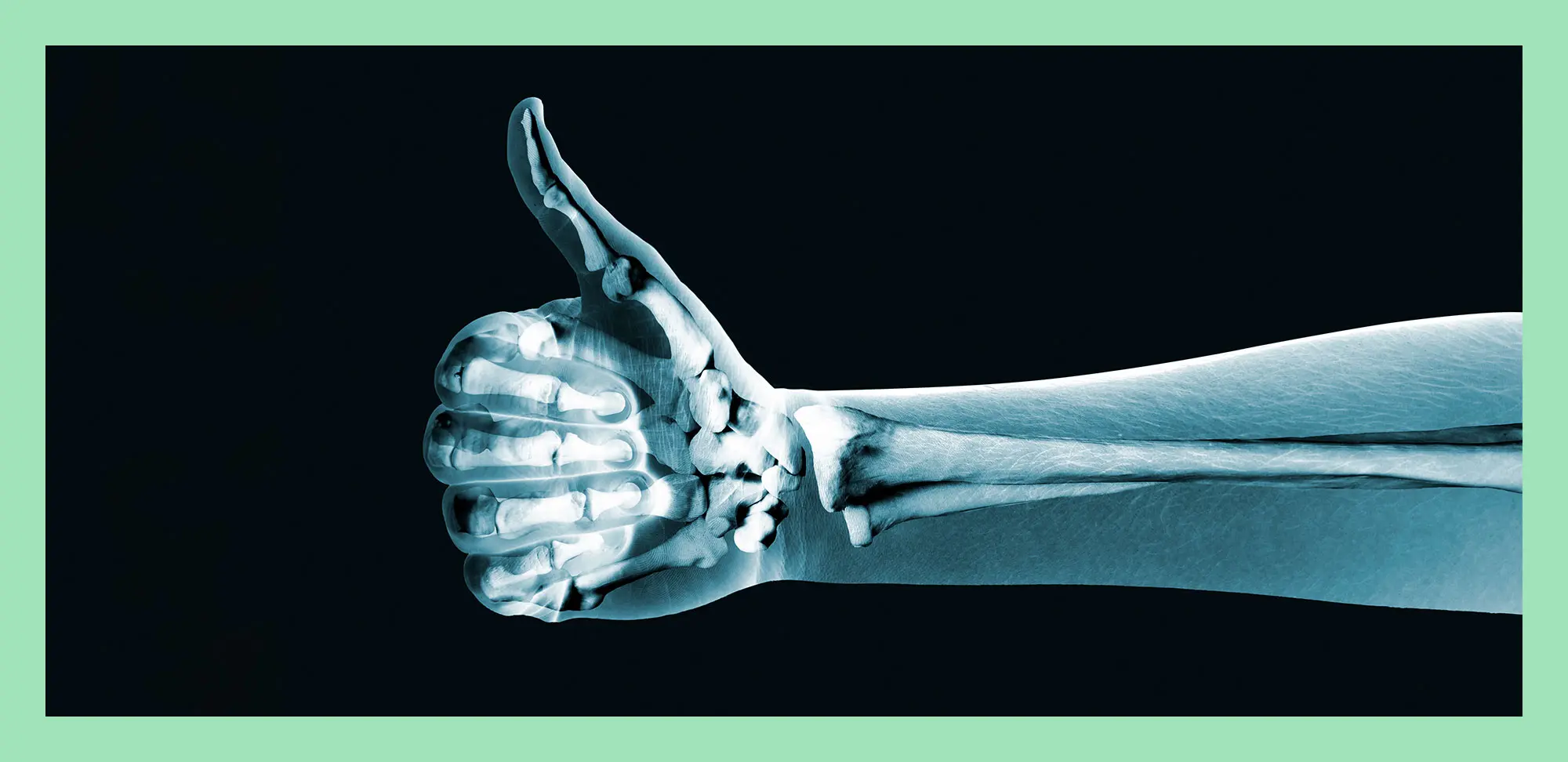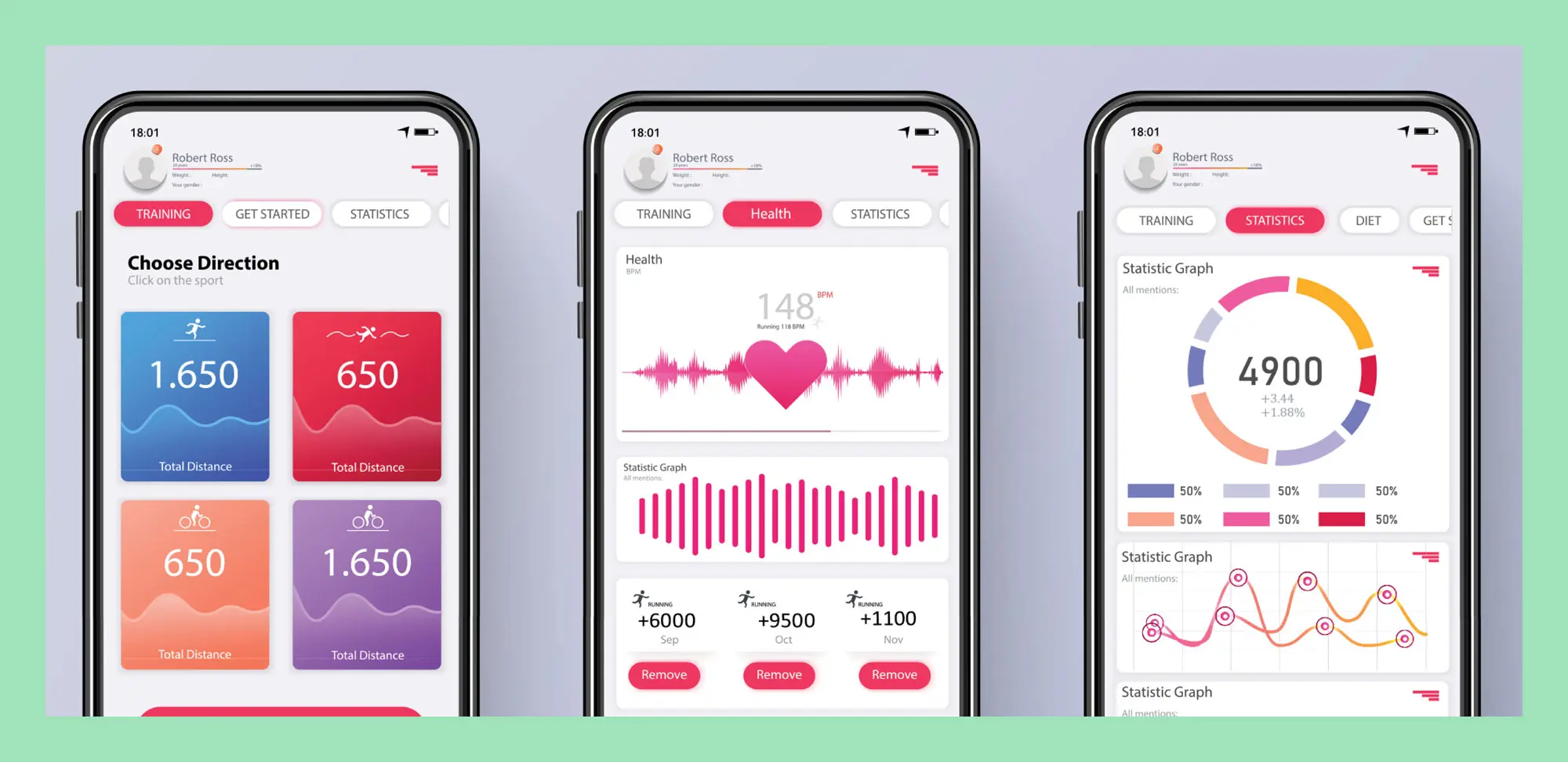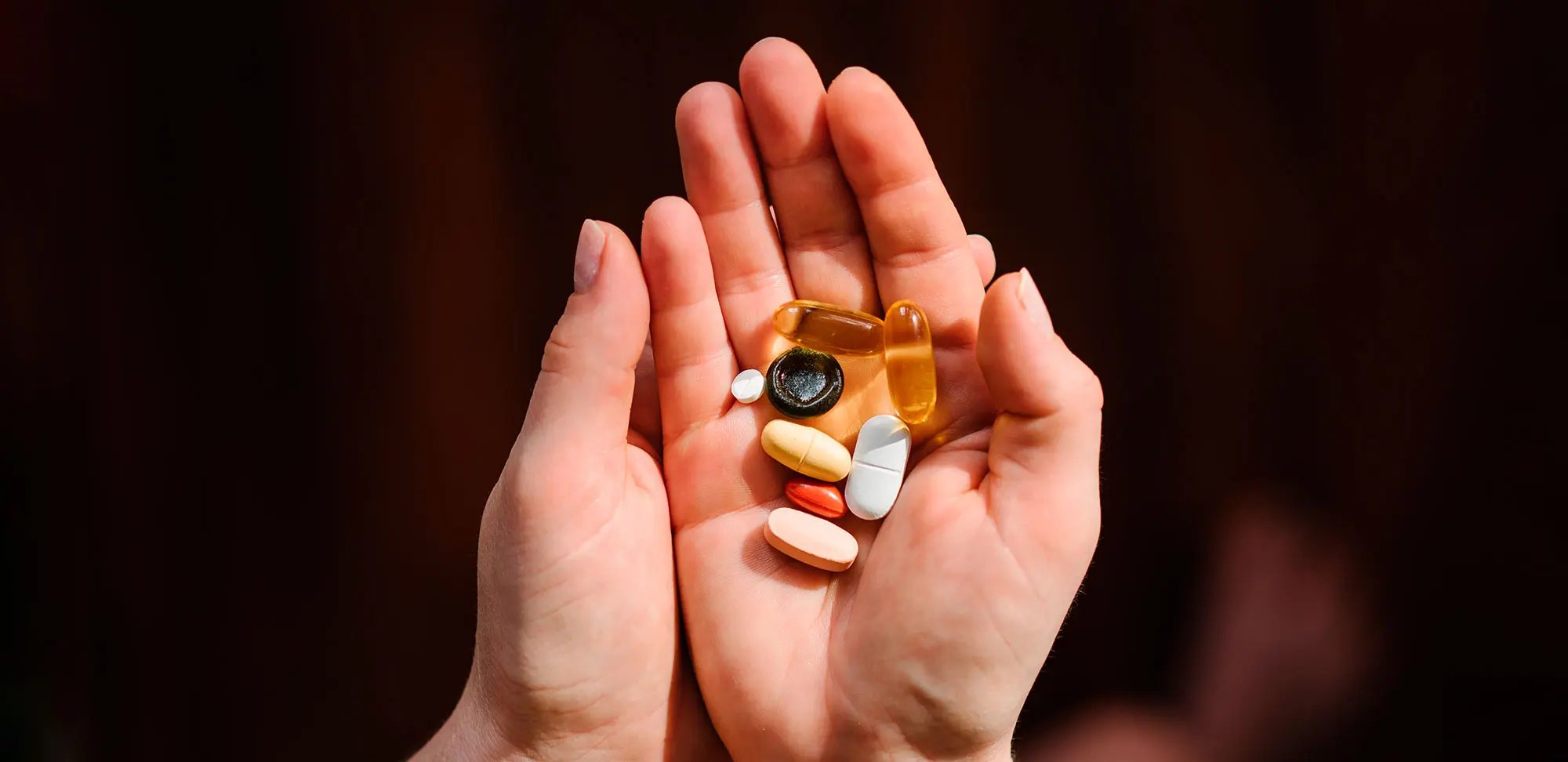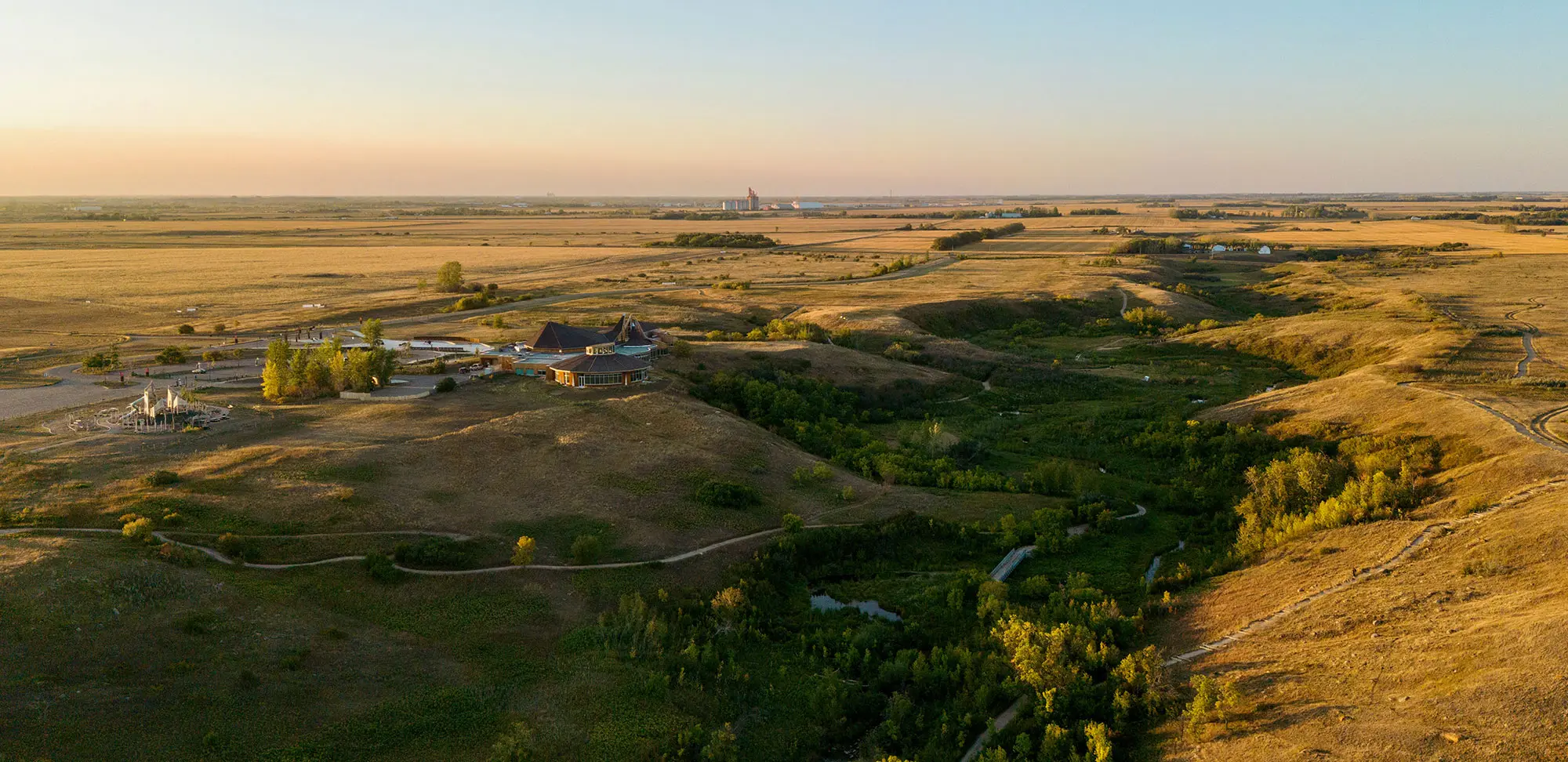Bones are built throughout childhood and adolescence, with peak bone mass typically achieved at about age 30. After that, bones get thinner and weaker, increasing the risks for osteoporosis; this is especially true for women, who have less bone mass than men to begin with and have accelerated bone loss after menopause.
But even in later life, women — and men — can take steps to preserve bone health.
For advice on how to preserve bone health, we spoke to Dr. Sandra Kim, head of endocrinology at Women’s College Hospital and assistant professor in the Department of Medicine at the University of Toronto, who helped develop new Canadian guidelines for bone health (published last year in the Canadian Medical Association Journal).
Bone density tests
Canadian guidelines recommend that men and women get a baseline bone mineral density test when they’re 70 years old. However, if you’ve had a prior non-trauma fracture (from, say, just walking), which would indicate fragile bones, or have other risk factors, you should get this test earlier.
The test provides a “T-score” that determines the number of standard deviations you are from the average of a younger person at peak bone mass. Osteoporosis is defined as a T-score of -2.5 or lower, while osteopenia, a precursor to osteoporosis, is a T-score of between -2.5 and -1.
Your healthcare provider can do a fracture risk assessment that considers results of that bone density test, as well as risk factors such as age, medications, comorbidities and fracture history, and determine whether you’re at low, moderate or high risk of breaking a bone in the next 10 years. That assessment will determine how frequently you should get future bone density tests.
Diet
Better bone health always includes a healthy diet (think a balance of dairy products, fish and leafy green vegetables such as kale and spinach) that avoids salty foods and too many caffeinated beverages.
A diet low in calcium increases risks for bone loss and fractures. Women 50 and older, and men 70 and older, should get about 1,200 milligrams of calcium a day, while men 51 to 70 should get 1,000 milligrams a day. Milk products — including yogurt, cheese (especially firm choices such as cheddar) and canned fish with bones — are great sources of calcium. Some foods, including orange juice, are fortified with calcium.
The recommended daily allowance for vitamin D is 600 international units (IUs) per day from ages 51 to 70 and 800 IUs per day after that for both men and women. While vitamin D is found in foods like eggs, wild salmon and rainbow trout, and some milk and cereal products have added vitamin D, it’s very difficult for Canadians to get enough from diet alone. That’s partly because of a lack of exposure to the sun, a main source of the vitamin, Kim says. That’s where a supplement comes in. The guidelines recommend that adults older than 50 take a supplement with at least 400 IUs a day.
Protein, magnesium and vitamin K are important for bone health, too, but following a balanced diet should provide enough of these nutrients to prevent fractures, Kim says. And while potassium is important for cellular function, it’s not that crucial for bone health, she adds.
If you’re concerned about getting enough bone-boosting nutrients, talk to your healthcare provider about adding supplements.










